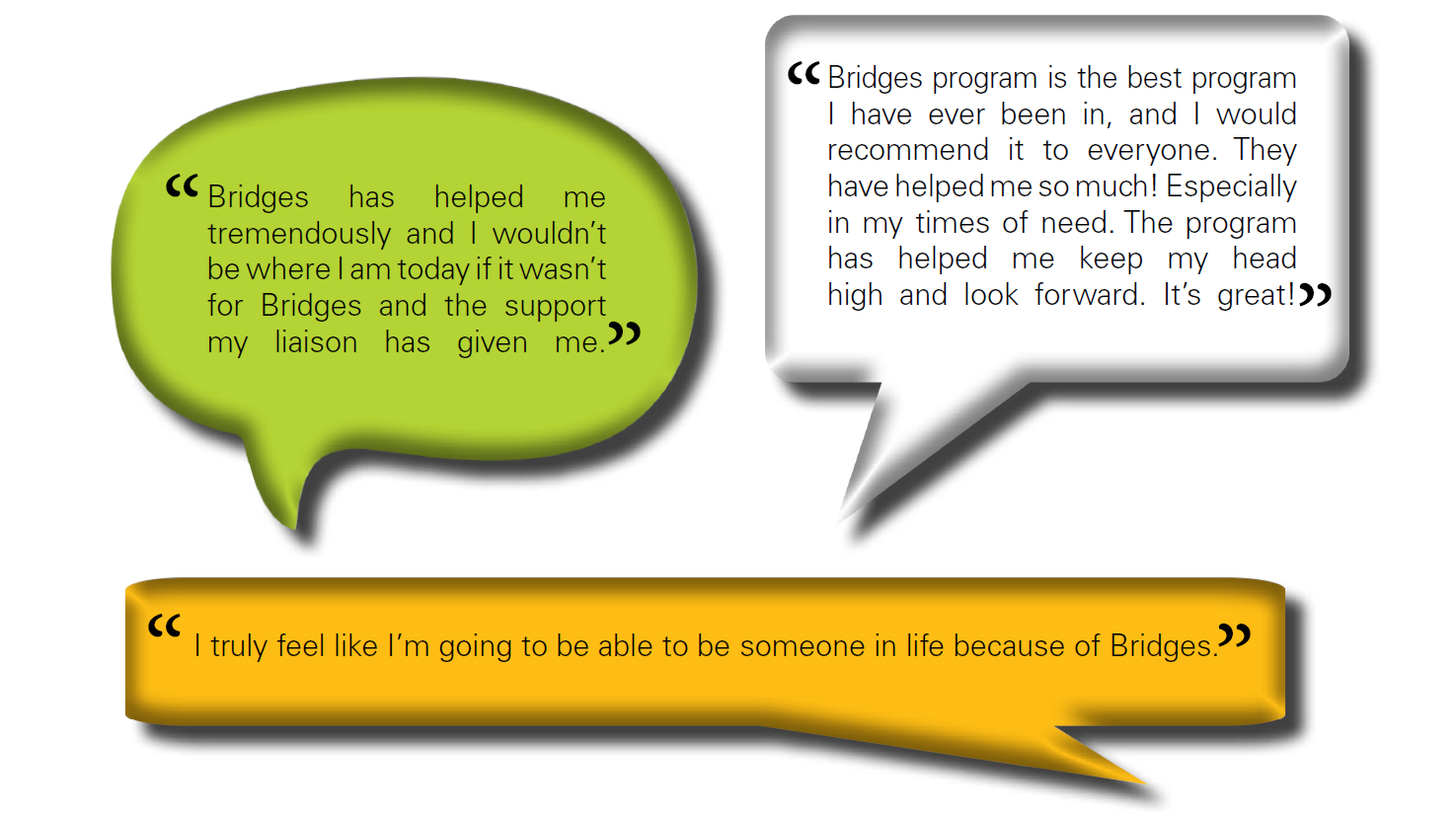
Youth Voices Featured in First Friday Updates
First Friday Updates are monthly communications shared by a long-time partner and supporter, ODJFS (Ohio Department of Job and Family Services). To access the First Friday archive, please visit this link.
Sibling Connections Matter
This month’s First Friday Update included a feature from the OHIO YAB (Overcoming Hurdles in Ohio Youth Advisory Board) that amplified voices of young adults with foster care experience. Below is an excerpt from that update:
The topic of sibling connections was raised by youth during two recent OHIO YAB statewide quarterly meetings. According to the Ohio Foster Youth Bill of Rights, foster youth have the right to visitation and communication with siblings from whom they are living apart. Sadly, this is not always prioritized.
Youth discussion during the October 2022 meeting focused on trauma, loss, loneliness, and resilience. Participating youth recommended that siblings be kept together whenever possible to provide a sense of familiarity and make it easier to cope with life transitions. Youth emphasized the power of the sibling connection to provide a sense of security and help one another cope and heal. In the words of one young person, “Siblings are stronger together. They have survived together. Overcome together. Separating them disrupts the strength they’ve built together and can derail their life.”
During the January 2023 meeting, youth leaders mapped out what they wished sibling visitation looked like, and their desire for this to be prioritized. They emphasized that sibling connections are a right, not a privilege. Visits with siblings should not have to be earned, because this does not reflect normalcy. Even if visits with their biological parents had been cancelled or terminated, youth still desired to stay in touch with their siblings: “The siblings should not be punished for decisions made by our parents.” Older siblings who had previously served in a caregiving role were particularly concerned because their younger siblings had looked to them for security. They didn’t want their younger siblings to think they had just disappeared, or that they no longer cared. One youth leader compared sibling separation in foster care to children seeing their parents get divorced and not understanding why: “The younger you are, the more you think you did something wrong.”
Additional youth recommendations:
– Consistency and Prioritization: Agencies should strive to ensure that sibling visits occur a certain number of times per year: “Visits give us hope. Something to look forward to.”
– Excused Absence if Needed: Sibling visits might need to take place during a school day.
– In Person, Whenever Possible: Facetime and video calls are a back-up but cannot compare with the power of seeing one another face-to-face.
Other notes
Additionally in this month’s update, we learned of significant progress from the Bridges program at their five-year milestone. A highlight of Bridges’ positive outcomes include: Serving nearly 2,500 young adults, 95% of particpants in stable housing, and 94% of participants reporting access to healthcare upon exit.
Featured were several quotations from young people impacted by the program:
Thank you to our partners at ODJFS for amplifying the voices of these brave and smart young people we serve.
